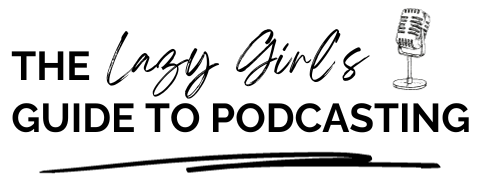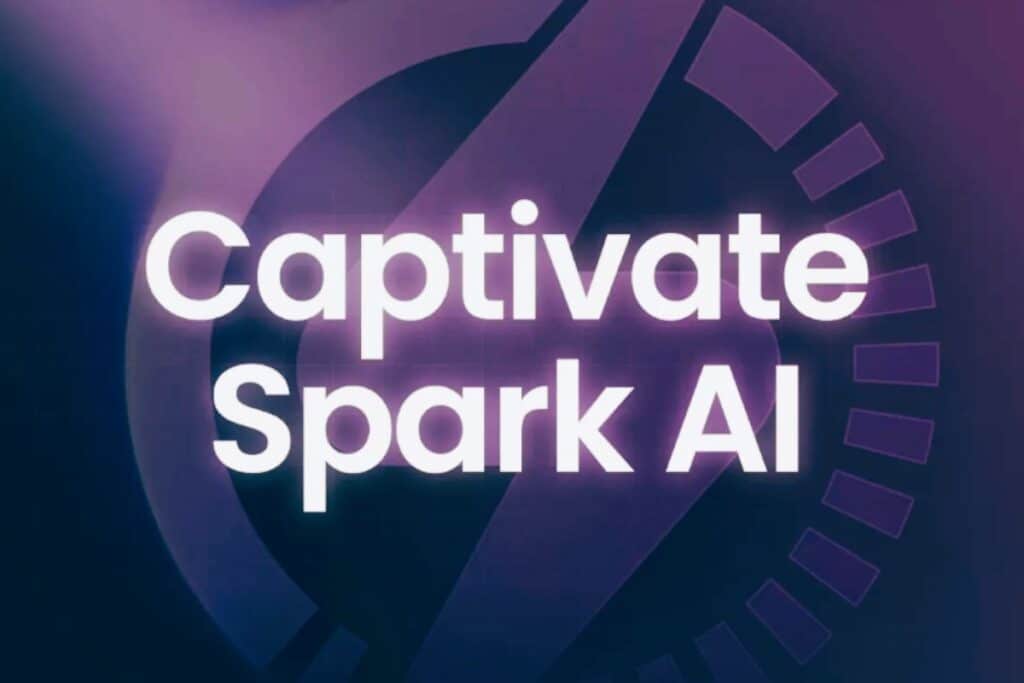Your online course sales page is one of the most important parts of your online course.
Yes, your content needs to be spot-on, but it’s your sales page which is going to draw your potential students in and convince them that your course is worth purchasing.
Think of your course sales page as your shop front.
It needs to align with your branding and sell your online course.
But when putting your sales page together, there needs to be some strategy as to its layout and content.
Therefore, when putting together your online course sales page, make sure that you include the following information and sections:
- Banner
- Relate your sales page to your audience’s needs
- Course curriculum
- Testimonials
- About you
- Frequently Asked Questions
- Call to Action
Banner
An eye-catching banner at the top of your online course sales page is the first thing that your potential student is going to see about your course. It’s therefore got to be eye-catching and grab your students’ attention. It needs to stand out and make people pay attention.
A great opening banner needs to include the following 4 things:
- The title of your course
- A sub-heading which gives your students a little more information
- A Call to Action to enrol
- A background image or background colour to align with your branding

Relate it to your audience’s needs
Speaking to your students’ pain points is a sure-fire way to increase the chance of a sale.
On your sales page, don’t just tell your students what is in your course and why this information is beneficial. Explain why it is beneficial for them as individuals.
Course curriculum
Including your course curriculum is a must on any good online course sales page. It enables students to see what they are getting themselves into and whether or not what they want to learn is covered in your course.
Platforms such as Teachable and LearnWorlds have functions which automatically include your course curriculum into their sales pages if you select a certain block.
If you choose not to insert your course curriculum onto your sales page, as an absolute minimum you should include clear learning aims and objectives. Ideally, you should include all of this information, because you want your students to have all of the information they need to make a purchase from you.
The bonus of having learning aims and objectives on your course sales page is that they speak to your students’ needs and how you will benefit them. Remember, students want to know how a course will benefit them, so make this information obvious.
Testimonials
As soon as you start getting testimonials for your course, include them on your sales page.
Testimonials help build trust between you, your course, and your potential students.
When starting out with a new course, you might not immediately have any testimonials. To rectify this, try releasing your course to some trusted friends for a testimonial. Equally, offer your for free to a small group of people in return for a testimonial. Although both of these options have their drawbacks, they mean that you can start having feedback from your course early on.
Equally, you might choose to wait until you can have a testimonial or two from paid students to include on your sales page. And there’s nothing wrong with that. It’s your choice how and when to collect and include testimonials, but try to include one or two as soon as you can.
To collect testimonials, make it easy for your students. Include a Google Form or a JotForm within your online course for students to feedback to you on how they enjoyed the course. This information serves not only as a testimonial but also as information for you to help you improve your course for the future!
About you
You might already have an ‘About Me’ section on your website. But you need one on your sales page as well.
People are buying from you, and it’s important that they know who you are, what your expertise is, and why you’re the best person to deliver your course and teach what they need to know.
If you’ve already created an ‘About Me’ page for your website, you could reuse some of the information for this section of your sales page.
It can be challenging writing about ourselves sometimes. But telling your students about you helps your potential students familiarise themselves with you and build trust in you as their new course instructor.
And don’t forget to include a picture!
>>Take a look at my sales page for my online course: Bloggers Creating Courses
FAQs
Frequently Asked Questions, or FAQ, is a must-have section to include. In it, you will have all of the information that students will most likely have about enrolling and completing your course.
Key information to have in this section includes:
- When the course starts
- How long will it take to complete the course
- If you have a refund policy
- If you have a payment plan
You might also have other questions that you want to include as part of this section, but these 4 areas are a good starting point that is relevant to any online course.
Related: Creating a Refund Policy for Your Online Course
CTA
A CTA, or Call to Action, shouldn’t just be included at the bottom of your sales page. This is particularly true if your sales page is quite long.
You want to give your students the easiest and most opportunities to enrol in your course as soon as they’ve decided that they want to.
But equally, you don’t want a CTA to enrol after every single paragraph on your sales page because this is equally annoying as not having enough.
As a minimum, I recommend at least 3 CTA’s to enrol on your course in the following locations:
- At the top. Make it easy for the students who know straight away that they want to enrol and enable them to do it as soon as they land on your sales page.
- Approximately halfway through your sales page. This enables students who maybe needed a little more information about your course before they enrol to do so as soon as they’ve decided to take the plunge and purchase your course.
- At the bottom. Some people just need a little more convincing. So place a CTA at the bottom of your page for those students who like to read all of the information available to them before making their decision to enrol in your course.
Depending on the length of your sales page, you might want to scatter one or two more CTAs to enrol on your page. But make sure that they are well spaced out and not overwhelming. Despite it being called a ‘sales page,’ you want your students to know that you really care about their development and learning and not just how much they might potentially spend.
Conclusion
In this article, we’ve looked at the main sections and pieces of information to include in your online course sales page.
It might seem like a daunting task, but breaking down what you need to include into sections makes the whole thing a lot more manageable. And once you have a layout which works for you, you can duplicate it across all of your courses, just changing the information and images as needed.
The order of this information will be up to you and will depend on your layout, design, personal preference, and your course. If you aren’t sure of a layout, create one and then get feedback on it. Play around with the order of information until you find one which works for you. However, I would recommend putting information about how you will solve your students’ problems near the top. You need to grab their attention before they lose interest and leave your page.
However, you layout your online course sales page, ensure that the following sections and information is included to maximise your potential sale:
- Banner
- Relate your sales page to your audience’s needs
- Course curriculum
- Testimonials
- About you
- Frequently Asked Questions
- Call to Action




